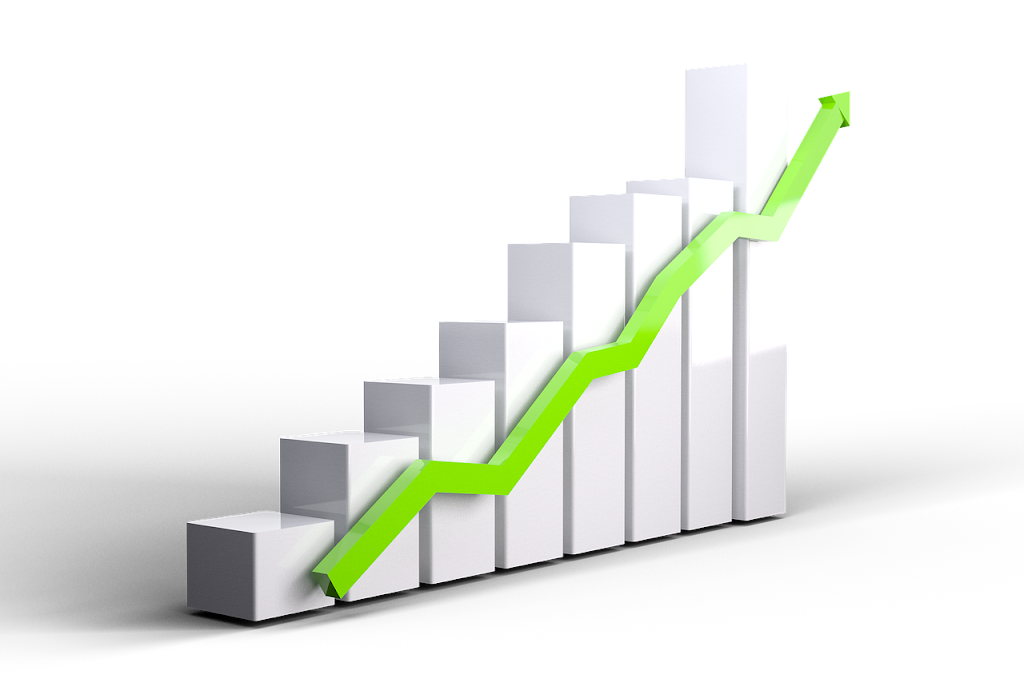Large cap vs mid cap vs small cap stocks in India
We all know that the Nifty 50 and Sensex are the most popular and followed indices in India. Nifty 50 consists of the Top 50 Large Cap companies of the NSE, and Sensex consists of the Top 30 Large Cap companies of the BSE. To understand the Stock Market scenario, we must understand the meaning of large-cap, mid-cap, and small-cap stocks. Investors should also understand the difference between Large Cap, Mid Cap, and Small Cap.
We have different companies listed on the Stock Market. BSE has more than 4,000 listed companies, whereas NSE has more than 1,600 listed companies. These companies are divided into categories like Large cap, Mid cap, and Small cap depending upon their Market capitalization. Market Capitalization is the company’s worth as per the current stock market. It is the total value of all shares of the company.
Market Capitalization = Share Price x No. of Outstanding shares
 |
Large Cap Stocks are the top 100 companies as per Market Capitalization. They are collectively termed Large Cap Stocks. They are top-performing blue chip companies with having turnover of more than 20000 Crore. They are well-established companies with proven good track records. Investment in these companies for the long term will get steady capital appreciation on your investment. You can expect returns of 13 to 14 % by investing in these stocks. Many times, Large-cap stocks declare dividends to their shareholders. It is the extra income for the investor. Large-cap stock investing is a safe and secure way of investing that will appreciate the investor’s worth in the long run.
Mid Cap Stocks are 101 to 250 companies as per Market Capitalization. They are collectively called Mid-Cap Stocks. They have a capitalization of more than 5 crores but less than 20,000 crores. They are MID-level companies having the potential to become large-cap soon. They are more volatile as compared to large-cap stocks and steady as compared to small-cap stocks. Mid-cap stock investing is for high-risk profile investors. There is more risk involved as compared to large-cap stocks. Mid-cap stocks are less risky as compared to small-cap stocks.
Conclusion:-
Large Cap Stocks. These are for steady investors looking for capital appreciation in the long run. Investors can expect a yearly steady return of 13 to 14 % from these stocks.
Mid-Cap Stocks. These stocks are for those investors who are ready to take some risk. You can expect a return of 17 to 19% return from these stocks.
Small Cap Stocks. These stocks can become multi-bagger stocks. The risk involved is higher compared to Large-cap and Mid-cap stocks. Small-cap stock investing is for high-risk profile investors. Multibagger small-cap stocks can give returns of up to 25%.
The reader will also like to read about the following topics
4. Bull vs Bear Phase in the Stock Market
5 . XIRR vs CAGR vs Absolute Return
6. Nifty 50 vs Nifty Next 50 vs Nifty 100
7. Top 5 gold ETF funds in India

